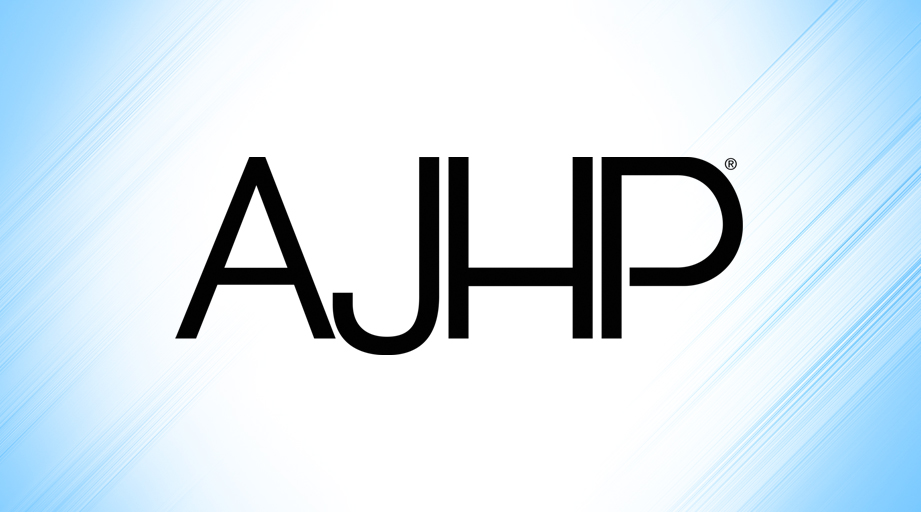
The arrival of COVID-19 in the United States and its ensuing spread, as well as evolving developments on the disease, have meant that healthcare professionals have had to rapidly adapt in order to care for the growing patient population. In New York, the U.S. epicenter of the pandemic, real-world data (RWD) has been used to help predict demand for drug inventory for the treatment of COVID-19.
Agilum Healthcare Intelligence, a pharmacy and financial analytics company that provides RWD to the healthcare industry, leveraged its analytics platform and used RWD from 29% of the hospital beds in New York State to identify drug use trends during the pandemic.
The data showed a dramatic increase in the use of hydroxychloroquine, chloroquine, midazolam, propofol, fentanyl, ketamine, and cisatracurium earlier this spring as New York hospitals experienced a surge of COVID-19 cases.
“The utilization of this data is very valuable and we’re not done yet,” said Dawn DeAngelo, chief pharmacy officer at Agilum. “We want to help as many people as we can. What makes this unique is the ability to, in a crisis such as this, be able to look at the data and understand the stressors on the supply chain market.”
There was an unprecedented spike in the use of supportive therapy drugs that were in high demand in New York, which has had more than 342,000 cases of COVID-19. The sheer volume in increased usage of these types of drugs was staggering, DeAngelo said.
Susan Mashni, vice president and chief pharmacy officer at Mount Sinai Health Systems, said that as cases started to quickly rise in New York City, it became obvious that critical care patients with COVID-19 were using far more drugs such as propofol than they anticipated.
“The problem was that every day the utilization was exponentially increasing, said Mashni. “Our experience in drug shortages is that they were different every week.”
While Mashni was not involved with Agilum’s RWD analysis, she similarly used data based on purchasing records, chart reviews, and electronic medical records to manage demand for medications at Mount Sinai. When she spoke to wholesalers, group purchasing organizations, and drug manufacturers about the amount of drugs such as fentanyl that were being used, she had to show them the data.
“They thought we were hoarding drugs,” she said. “But these patients are the sickest of the sickest patients we’ve seen. The magnitude and the gravity of it is just intense.”
In early April, data showed an 18.7-fold increase in hydroxychloroquine and chloroquine use from mid-March, correlating with a 15.7-fold increase in patients during the same time period, suggesting that patients admitted during the surge were being treated with these drugs. Usage of these drugs later showed a trend downward.
Agilum’s report also noted that hospitals were further challenged with the use of small vials to prepare large-dose intravenous infusions required for supportive care in this critically ill patient population.
For vial sizes on allocation, and/or controlled substances that have limits in place for reorder points, it became a challenge for hospitals to order different vial sizes with controls that are set in place.
Consideration should be made at a wholesaler and federal level for these types of situations, Agilum’s report recommended.
DeAngelo said that other states can benefit from the learnings of New York, even with different demographics and severity of the COVID-19 crisis in their region.
“Even if you have a smaller population you can look at the general trends,” DeAngelo said.
The FDA is poised to launch several studies using RWD that will evaluate the impact of treatments used for COVID-19.
Additional information on Agilum’s data will be published in an upcoming issue of AJHP.








